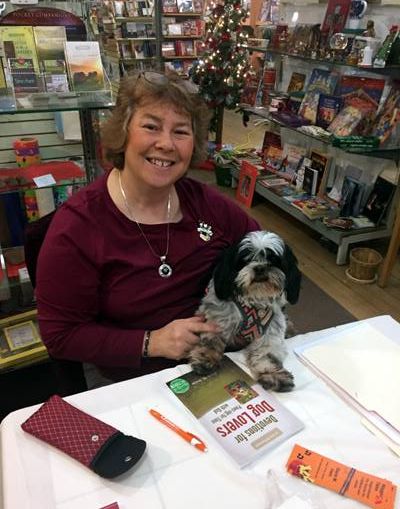Will a chance at new love open their hearts or will a family member’s revengeful plot tear them apart?
Brittany Christiansen and Gary Anderson first met several years ago. They meet again at a Montana ranch, both wary about love. However, the more they spend time together, they closer they become. Just as they allow the armor to slip and expose their vulnerability, Gary’s unscrupulous uncle returns to Montana, seeking revenge on those who put him in jail years before. That includes Brittany’s aunt and uncle with whom she's staying. Will the man’s ruthless tactics tear Brittany and Gary apart or will love, and the law, prevail?
Brittany Christiansen and Gary Anderson first met several years ago. They meet again at a Montana ranch, both wary about love. However, the more they spend time together, they closer they become. Just as they allow the armor to slip and expose their vulnerability, Gary’s unscrupulous uncle returns to Montana, seeking revenge on those who put him in jail years before. That includes Brittany’s aunt and uncle with whom she's staying. Will the man’s ruthless tactics tear Brittany and Gary apart or will love, and the law, prevail?
Family saga, rescued animals, love interests, wildlife and majestic Montana scenery, all woven into a sweet romance story.
Eleanor Davis inherits the family farm and plans new projects to keep the property solvant. Meeting Nathan Ford, who knew and helped her grandfather, brings new light to her life and excitement for what may lie ahead. However, secrets they each hold could destroy their fledgling love. A sweet, contemporary romance about forgiveness and healing with elements of pet rescue and family saga.
Eleanor Davis inherits the family farm and plans new projects to keep the property solvant. Meeting Nathan Ford, who knew and helped her grandfather, brings new light to her life and excitement for what may lie ahead. However, secrets they each hold could destroy their fledgling love. A sweet, contemporary romance about forgiveness and healing with elements of pet rescue and family saga.










_w_h340/Ebook%20Cover_Love%20Takes%20Flight4_veggies_LARGER_JPG%20(1600%20×%202400%20px)_08060851.jpg)